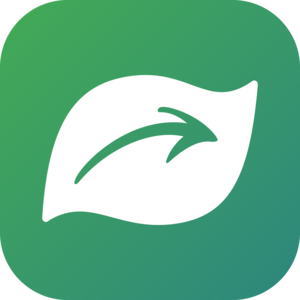Identifier Profile: @darielsaqui

This is the sixteenth entry in an ongoing monthly (or almost monthly!) series profiling the amazing identifiers of iNaturalist.
There are currently about 120,000 observations of lepidoptera (butterflies and moths) in Costa Rica on iNaturalist, representing about 5,275 leaves. Compare that to a place like Texas, which currently has over one million observations of lepidoptera that represent 3,801 leaves and you start getting an idea of how diverse neotropical insects are. One of the top identifiers of leps in Costa Rica is Dariel Sanabria Q., a resident of Grecia. Not coincidentally he found iNaturalist while trying to identify moths. “There is a lack of information about Costa Rican moths, and iNaturalist has been a very useful tool,” he explains. “I use it mainly to identify insects that I do not know, comparing living specimen pictures, looking for distribution ranges, and helping people with IDs, or at least getting them closer to species.” Dariel’s added about 14,000 IDs in nearly four years, over 10,000 of those for lepidoptera in Costa Rica.
“Since I was a kid, I’ve felt very attracted to nature, especially animals and, later during my teenage years I focused on insects, mostly butterflies,” says Dariel. “My main interest is to learn about Costa Rican lepidopterous fauna. Right now I’m researching butterfly populations in some regions of Costa Rica. We are working in a species database, but later we plan to do work related to the presence of bats, birds and butterfly species in cattle farms and forest patches in northwestern Costa Rica.”
When he has time to identify on iNat, Dariel searches mostly for Costa Rica butterflies and moths, but also IDs other insects, such as Fulgoridae and Caelifera.
Then I identify the “easy ones” (common species or species that I have no problem identifying). Next, I continue with the harder ones, for which I have to do some research…
Moth identification requires more time, effort and experience. There are no field guides or books about all Costa Rican moths. You will need to do a collection of several sources of information such as scientific papers, online resources and databases. Some of the most useful tools are webpages like Tropicleps.ch, BoldSystems, Janzen's ACG Caterpillar Database, Butterflies of America, and Leps FieldGuide.

In addition to his research and iNat identifications, Dariel leads online courses and field workshops about Costa Rican butterflies and moths, “in order to teach people about this amazing world.” He also has an Instagram account called Moths of Costa Rica where he shares photos and information, and here’s his advice for how to get started with find moths:
Moth-watching is easy to do. You just need a white sheet, something to hold it on and a light to attract the insects. I recommend using ultra violet (UV) light because it works very well, even the UV led lights. In Costa Rica, moth-watching nights are better in moonless conditions, especially during the rainy season. As the moths start arriving, you will discover all their different forms, sizes, patterns and colors. In my experience, most of the people that participate in moth-watching activities get amazed by such diversity and develop a new and more comprehensive way of seeing moths.
(Some quotes were lightly edited for clarity.)
- you can contact Dariel if you’re interested in a workshop or presentation.
- check out our Identifier Profile of @michelledelaloye from 2021, who identifies butterflies in South America!
- Take a look at the most-faved observations of Costa Rican lepidoptera!
- National Moth Week has more tips on how to find moths.












